 All Entries Tagged With: "NIST"
All Entries Tagged With: "NIST"
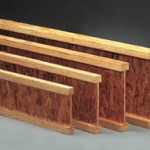
Structural Collapse Insights and Aides from NIST
In case you missed these are or are first to see these now, informative information on Structural Collapse previously issued by NIST. This supplements the continuing research and effort by UL, NIST and numerous other academic and research institutions. From Fire.gov. http://www.nist.gov/fire/collapse.cfm Structural Collapse Fire Tests: Single Story, Wood Frame Structures A series […]
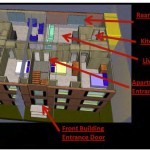
Fire Dynamics Simulation of 2011 Baltimore County LODD- 30 Dowling Circle
The Baltimore County (MD) Fire Department published the Line of Duty Death Investgation Report of the 30 Dowling Circle Fire recently. The report was written by a Line of Duty Death Investigation Team comprised of departmental members, including representatives of the local firefighters’ union and the Baltimore County Volunteer Firemen’s Association. An overview and […]
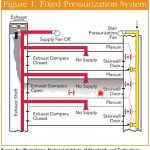
Smoke Management in High-Rise Structures
Smoke Management in High-Rise Structures BY JOSEPH CHACON AND STEVE KERBER Excerpt from Fire Engineering.com Most modern building codes define a high-rise structure as a building greater than 75 feet in height from the lowest level of fire department vehicle access to the highest occupiable floor. When fires occur in high-rise structures, the responding firefighters […]
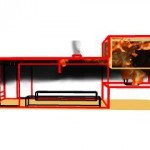
Computer-Based Fire Fighter Training Project
Computer-Based Fire Fighter Training Project Through this project, the Fire Research Division at NIST is developing a computer based fire fighting training tool to improve training opportunities while lowering the cost and risk of death and injury. Two methods are being used to create a training tool. The first and simpler method is to use FDS and Smokeview to create animations of fire scenarios. […]
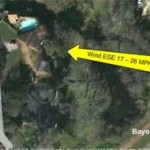
Wind Driven Fires
Wind Driven Fires Wind blowing into the broken window of a room on fire can turn a “routine room and contents fire” into a floor-to-ceiling firestorm. Historically, this has led to a significant number of firefighter fatalities and injuries, particularly in high-rise buildings where the fire must be fought from the interior of the structure. […]
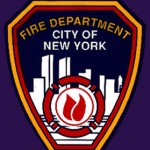
FDNY Brooklyn Box 4080: 17 Vandalia Avenue 12.18.1998
FDNY Brooklyn Box 4080: 17 Vandalia Avenue 12.18.1998 Take a moment to look back at an incident: On December 18, 1998, Three FDNY Firefighters died in-the line of duty while conducting suppression and rescue operations at fire on the tenth floor of 10-story high-rise apartment building for the elderly. At 0454 hours Brooklyn transmitted box 4080 […]
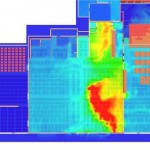
Fire Modeling Software from NIST
Fire Modeling Software These fire simulation programs were developed or sponsored by the Fire Research Division at the NIST. The list of programs is divided into two broad categories below: currently-supported software and archival (unsupported) software. In order to get further information or to obtain one of the programs, click on the appropriate name. […]
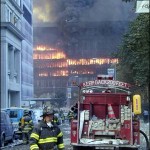
Final Report on the Collapse of World Trade Center Building 7, Federal Building and Fire Safety Investigation of the World Trade Center Disaster (NIST NCSTAR 1A)
Final Report on the Collapse of World Trade Center Building 7, Federal Building and Fire Safety Investigation of the World Trade Center Disaster (NIST NCSTAR 1A) Author(s): Gann, R. G.; Title: Final Report on the Collapse of World Trade Center Building 7, Federal Building and Fire Safety Investigation of the World Trade […]

NIST World Trade Center Disaster Study
World Trade Center Disaster Study On August 21, 2002, with funding from the U.S. Congress through FEMA, the National Institute of Standards and Technology (NIST) announced its building and fire safety investigation of the World Trade Center (WTC) disaster that occured on September 11, 2001. The NIST WTC Investigation was conducted under the authority of […]

NIST Advanced Fire Service Technologies Program
Summary: This program focuses on improving the safety and effectiveness of fire fighters by enabling the effective use of existing and new technologies and tactics. Increasing the safety and effectiveness is critical to reducing fire fighter fatalities and injuries, as well as the cost of fire service. For existing and emerging technologies, performance must be […]
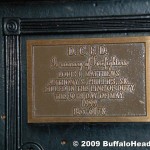
Looking Back at The Cherry Road Townhouse Fire, Double LODD; DCFD 1999
Looking Back at The Cherry Road Townhouse Fire, Double LODD; DCFD May 30th, 1999 On May 30, 1999, (DCFD) fire fighters responded to a box alarm involving a townhouse fire at 3146 Cherry Rd NE, Washington, DC 20018-1612. DCFD FireFighter Anthony Phillips, Engine 10 DCFD FireFighter Louis Matthews, Engine 26 From the NIOSH Report: The […]

Fire Behavior 101; Taking it to the Streets
Fire Behavior Fire Dynamics Fire Dynamics is the study of how chemistry, fire science, material science and the mechanical engineering disciplines of fluid mechanics and heat transfer interact to influence fire behavior. In other words, Fire Dynamics is the study of how fires start, spread and develop. But what exactly is a fire? Defining Fire […]
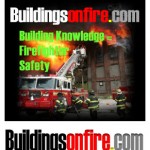
Charleston Sofa Super Store Fire; Final NIST Report Issued
The National Institute of Standards and Technology (NIST) has released its final report on its study of the June 18, 2007, fire at the Sofa Super Store in Charleston, S.C., that trapped and killed nine firefighters, the highest number of firefighter deaths in a single event since 9/11. The final report was strengthened by […]

Engineered Floor I-Joists and Firefigher Safety: Basic Insights
The following videos provide some Basic insights on Engineered Floor I-Joists and Firefigher Safety. The first two video reports are a few years old, but provide some good visual and narrative insights into the current building construction trends, operational limitations and fireground tactical safety considerations. Take the time to review these video clips and gain […]
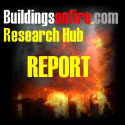
The Station Nightclub February 20, 2003 Revisted
A fire occurred on the night of February 20, 2003, at The Station Nightclub located in West Warwick, Rhode Island. A band that was performing that night, during its performance, used pyrotechnics that ignited foam insulation lining the walls and part of the ceiling of the platform being used as a stage. Based on a […]























